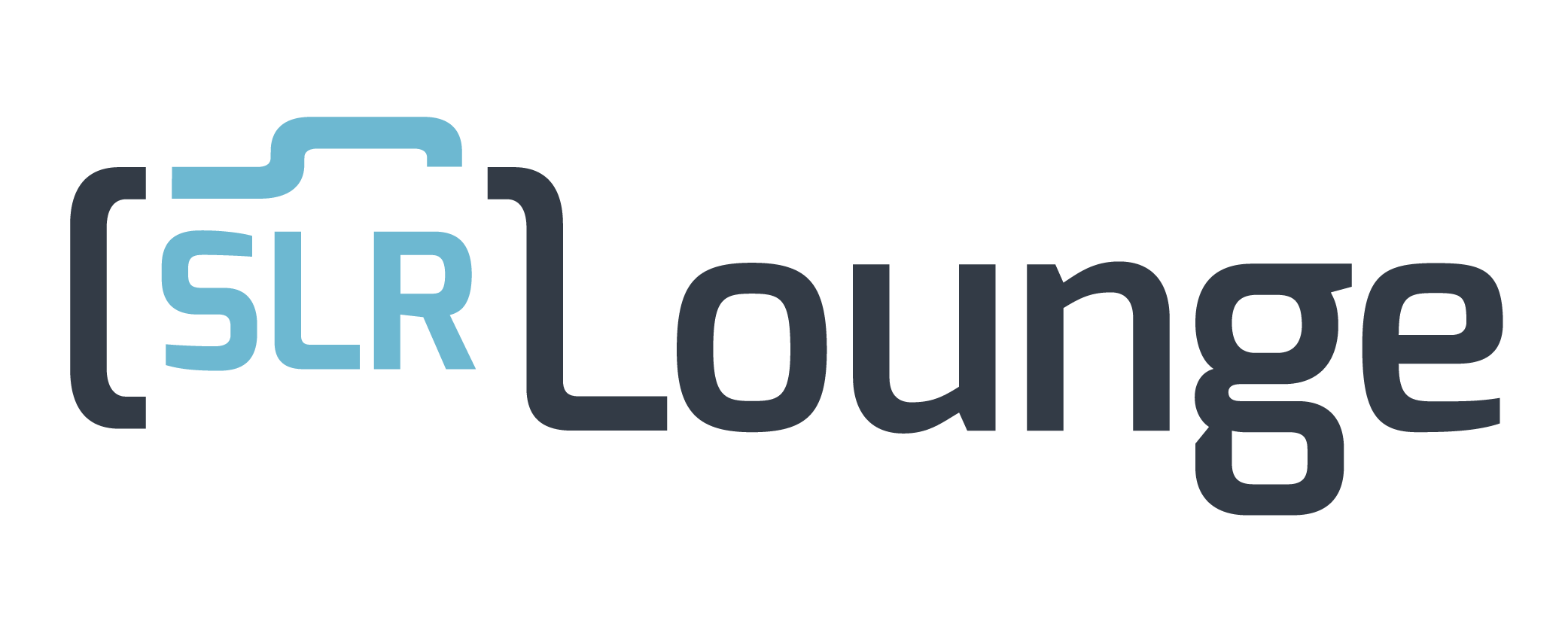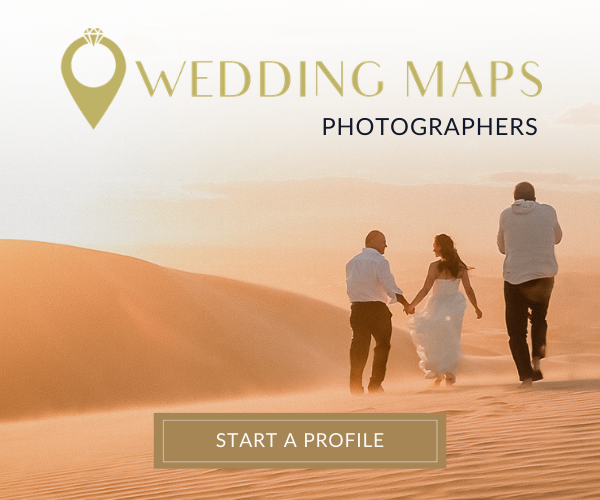One of the most frequently asked questions I receive from photographers in our Photography Mastermind Group, and even via DMs goes like this: “My clients want my RAW files. What should I do?” This topic has sparked a lot of debate in the photography community, and unfortunately, I’ve seen a lot of poor advice circulating. That’s why I want to address this from a business and client-service perspective, ensuring you’re making informed decisions that benefit both you and your clients. If you’re facing this dilemma, let’s walk through the process of handling it effectively as a business owner.
Note: You can see the original post for this topic in our Facebook Group Here to gain additional insights from the comments.
ONE. Understand Why They’re Asking for RAW Files
Before jumping to conclusions or assuming clients are trying to overstep, take a moment to understand why they might be asking for RAW files. In most cases, their request isn’t about editing your work in Lightroom or Capture One themselves. Here are some common reasons why clients might think they need RAW files:
- Higher resolution for printing (which can be done with jpegs)
- Wanting to add their own filters or edits (which can be done with jpegs)
- Desiring retouching that they feel wasn’t done (which is an opportunity to serve)
- Assuming RAW files offer better quality (which is a misunderstanding)
Once you understand their reasoning, it’s often clear that their concerns can be resolved with a simple explanation. For instance, you can assure them that they can print, edit, or retouch their final high-resolution JPEGs. This type of reassurance often eliminates the need for RAW files.
The key is open communication.
TWO. Always Get on the Phone to Discuss
When a client raises concerns—especially one as nuanced as requesting RAW files—don’t rely on lengthy emails to address it. A phone conversation is far more effective, and here’s why:
- It’s faster: A quick five-minute call can clear up misunderstandings, whereas email exchanges can drag on for days.
- It allows for better tone: Email can be easily misinterpreted, especially on sensitive subjects.
- You can address multiple concerns at once: It’s easier to guide the conversation in a productive way when you’re speaking in real-time.
The takeaway? NEVER leave important conversations to email or text—pick up the phone! Did I say NEVER!? These conversations should NOT happen over text or email, period!
THREE. Do They Really Know What RAW Files Are?
Let’s say you’re now on the phone with your client, and they still insist on having the RAW files. Perhaps they have legitimate reasons, like learning photography themselves or wanting to make significant edits. If this is the case, it’s your job to educate them. You can ask questions like:
- “Are you familiar with Lightroom or other professional editing software? That’s going to be necessary to work with RAW files.”
- “Do you have enough storage and processing power? RAW files take up a lot of space and require a fast computer.”
Often, this leads to the client realizing they don’t need RAW files at all, and their initial request was based on a misunderstanding. If that’s the case, you can provide a solution without delivering the RAWs. But if they are knowledgeable and still want them? Then it’s time to discuss the next step.
FOUR. Yes, You CAN Deliver RAW Files (For a Price)
Photography is a client-serving industry. You can absolutely should deliver RAW files, but set your terms clearly. Boundaries are important, but they shouldn’t be rigid unless the client crosses a line.
Rather than saying, “No, this is my artistic work, and I don’t deliver RAW files,” or “Would you ask a chef for their raw ingredients?”, try a different approach. Consider a response like this: “Sure! I can deliver all the RAW files, and they will be an additional $X.” Set a price that reflects the value of your artistic integrity and the additional work involved. It’s not about devaluing your craft, but about setting clear business expectations.
This approach allows clients to decide for themselves if RAW files are worth the extra cost. In many cases, they’ll choose not to pay for them, but in the few instances where they do, you’ll be compensated appropriately for your time and expertise.
Saying yes to requests while setting boundaries through pricing often leads to a much better client experience than simply saying no and closing the door on the conversation.
SIDE NOTE: Our clients are typically spending A LOT of money to hire us, when they do have a simple request like this, we often just say “yes” rather than try to charge more. This can often feel like they’re being ‘nickel and dimed’ so to speak.
FIVE. Rarely Should Boundaries Be Hard “Nos”
In my experience shooting hundreds of wedding, commercial, and portrait clients, I can count on one hand the number of times I’ve had to enforce a firm “no” when it comes to RAW files or any other aspect of client service.
Most clients aren’t trying to push boundaries; they just don’t know what goes into the process. By educating and guiding them, you can usually reach an outcome that satisfies both parties.
If you do encounter a client who repeatedly pushes boundaries, that’s a separate issue. In those rare cases, it’s important to set a firm line and, if necessary, end the working relationship. But in general, a positive and accommodating approach goes a long way.
Does this advice align with what you expected? I ask because there is a lot of bad business advice floating around on topics like this. My goal is to help you build a successful, client-focused photography business—one that delivers exceptional experiences and value, so your clients rave about working with you.








